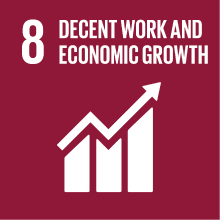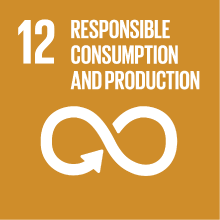GLOBAL SOURCING AND DIGITAL HUMAN CLOUD
- Academic year
- 2020/2021 Syllabus of previous years
- Official course title
- GLOBAL SOURCING AND DIGITAL HUMAN CLOUD
- Course code
- EM6063 (AF:317853 AR:170984)
- Teaching language
- English
- Modality
- Blended (on campus and online classes)
- ECTS credits
- 6
- Degree level
- Master's Degree Programme (DM270)
- Academic Discipline
- SECS-P/07
- Period
- 2nd Term
- Course year
- 2
- Moodle
- Go to Moodle page
Contribution of the course to the overall degree programme goals
The course aims at providing new perspectives of doing business in global contexts. It will analyze several sourcing models such as outsourcing, offshoring, and related terms to understand its role in international business strategies, which refer also to customer-supplier relationships.
Global Sourcing is a procurement strategy to find a cost-efficient location for delivering products or services across geopolitical boundaries. Common examples are labor-intensive manufactured products, call centers with low-cost English-speaking workers, and IT work performed by low-cost programmers in different regions. This process involves our daily life more than one can imagine.
Students will simulate a sourcing project through the using of a crowdsourcing digital platform to outsource some real tasks to a human cloud around the world. This exercise will enable them to gain hands-on experience on a wide range of topics covered in the class and apply theoretical frameworks in practice.
Expected learning outcomes
A1 - Principles and underlying concepts and practice of sourcing
A2 - How global sourcing affect business and IT strategy in a global context
A3 - Strategic, economic, political and social issues associated with global sourcing
A4 - Key capabilities required by clients and suppliers to achieve successful sourcing relationships
(B) Intellectual Skills
B1 – Demonstrate competence in critical reasoning when analyzing suitability of crowdsourcing strategies.
B2 - Demonstrate a high level of intellectual and analytical skills when solving problems in the crowdsourcing domains
(C) Professional Skills
C1 – Be able to identify what areas of the business a client can outsource through the crowd (and what not to).
C2 – Be able to apply key frameworks and methodologies in practice, i.e. decision-making and implementation of outsourcing arrangements in real-life situations.
(D) Key/Transferable Skills
D1 - Report writing skills
D2 - Presentation skills
D3 - Written and verbal communication skills, particularly in different cultural settings
D4 – Cross-cultural communications and team working skills
D5 – Ability to solve real-life problems under tight deadlines
Pre-requirements
Contents
1. Introduction and overview of the global sourcing market
2. Sourcing models
3. Sourcing decisions: what and when to outsource / offshore
4. Country attractiveness for sourcing
5. Crowdsourcing and Human Cloud
6. Governance of outsourcing projects
7. Managing globally distributed teams
8. Emerging issues in sourcing strategy
Referral texts
Assessment methods
Type of exam
Teaching methods
a) Decide on the content of the project (work to be outsourced). Think about the scope of work, deliverables you expect and risks associated with the project. Think about strategies to mitigate risks you have identified. Develop a “request for bid” which includes the specifications of the work to be undertaken and expected deliverables. Some examples of products students outsourced in the past are: world clock application that work with any platform, image editing application on Excel, and many others.
b) Post the project/ “request for bid” on the marketplace. Within 24-36 hours you should get at least 10-15 bids from around the world.
c) Review bids, evaluate suppliers and select the supplier. Use material covered in the course readings to help you evaluate your suppliers and look for additional sources (academic or professional).
d) Complete the project all the way through. It is very likely that you will be able to have the final product delivered before the final presentation.
There is nothing wrong if the group face a number of challenges throughout the project (we are not looking for the ‘perfect project’, this would be very unusual). I want to know what challenges the group faced, how did you deal with the challenges and what have you learned from dealing with challenging situations.
2030 Agenda for Sustainable Development Goals
This subject deals with topics related to the macro-area "Circular economy, innovation, work" and contributes to the achievement of one or more goals of U. N. Agenda for Sustainable Development


